|
|
|
|
|
|
|
|
Photo Gallery for Chelydra serpentina - North American Snapping Turtle
| 100 photos are available. Only the most recent 30 are shown.
|
 | Recorded by: Paul Hart
Harnett Co.
Comment: |  | Recorded by: Andrew W. Jones
Polk Co.
Comment: |
 | Recorded by: Andrew W. Jones
Polk Co.
Comment: |  | Recorded by: Stephanie Willis
Guilford Co.
Comment: |
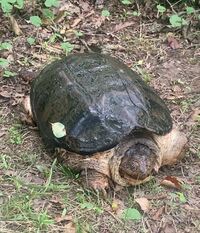 | Recorded by: Stephanie Willis
Guilford Co.
Comment: |  | Recorded by: Stephanie Willis
Guilford Co.
Comment: |
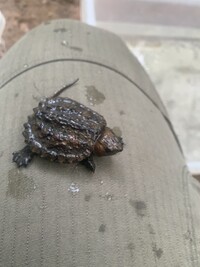 | Recorded by: B. Leon-Rossi
Rockingham Co.
Comment: | 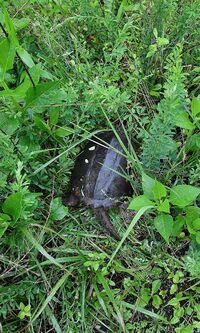 | Recorded by: J. Mickey
Wilkes Co.
Comment: |
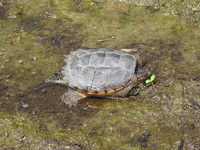 | Recorded by: R. Newman
Carteret Co.
Comment: | 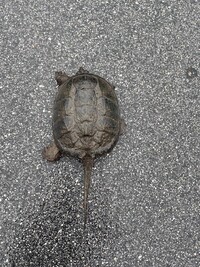 | Recorded by: S.Coffman
Dare Co.
Comment: |
 | Recorded by: Carol Ann McCormick
Alamance Co.
Comment: |  | Recorded by: John Petranka
Chatham Co.
Comment: |
 | Recorded by: J. Debro
Halifax Co.
Comment: | 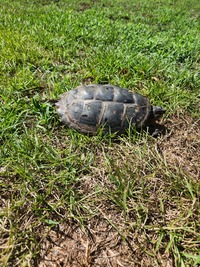 | Recorded by: K. Sanford, A. Brown, C. Griffin
Camden Co.
Comment: |
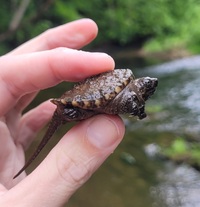 | Recorded by: Andrew W. Jones, M. Garrett McCarson
Haywood Co.
Comment: | 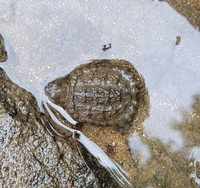 | Recorded by: Andrew W. Jones, M. Garrett McCarson
Haywood Co.
Comment: |
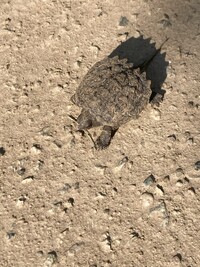 | Recorded by: Stephanie Willis
Guilford Co.
Comment: | 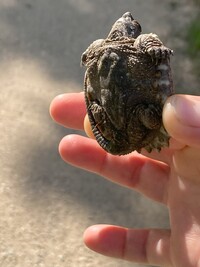 | Recorded by: Stephanie Willis
Guilford Co.
Comment: |
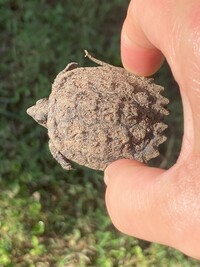 | Recorded by: Stephanie Willis
Guilford Co.
Comment: | 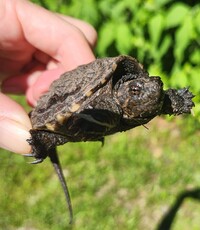 | Recorded by: K. Sanford
Camden Co.
Comment: |
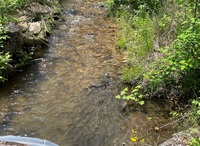 | Recorded by: K. Bischof
Transylvania Co.
Comment: | 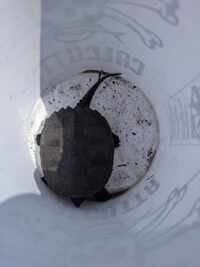 | Recorded by: Bobbi Wolff
New Hanover Co.
Comment: |
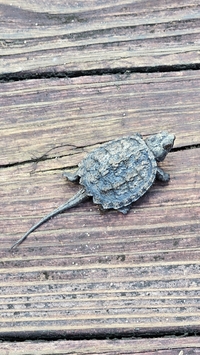 | Recorded by: Terrell Tucker
Moore Co.
Comment: | 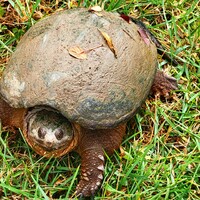 | Recorded by: R. Spainhour, M. Mabe, R. Browder
Surry Co.
Comment: |
 | Recorded by: Travis McLain
Transylvania Co.
Comment: |  | Recorded by: Savannah Hall, Dee Stuckey, and Steve Hall
Orange Co.
Comment: |
 | Recorded by: Travis McLain
Cabarrus Co.
Comment: | 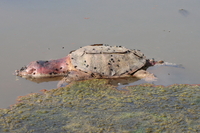 | Recorded by: Travis McLain
Cabarrus Co.
Comment: |
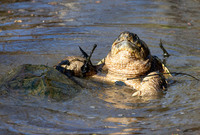 | Recorded by: Steve Hall
Orange Co.
Comment: Interacting pair; possibly attempting to mate | 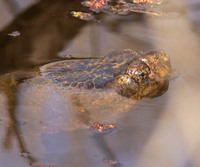 | Recorded by: Steve Hall
Orange Co.
Comment: |
|

 »
» 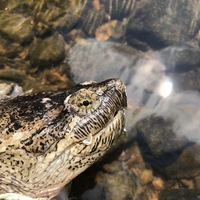




 »
» 


